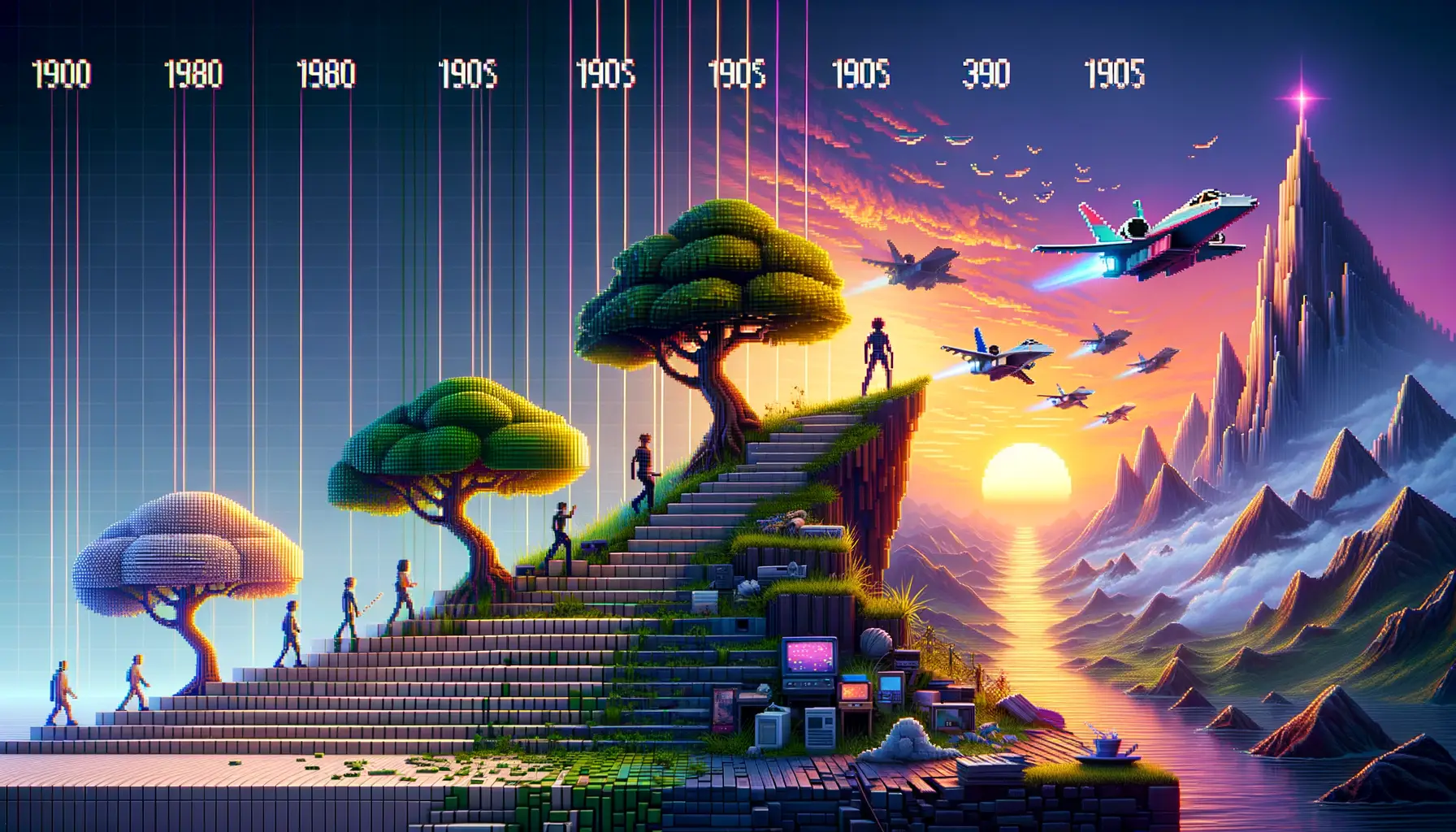Introduction to Physics Engines in Gaming
What Brings Games to Life? Physics Engines!
Take a moment and think about your favorite video game. Maybe it’s the heart-racing jump of a character leaping across rooftops, the satisfying *crash* of a car smashing into a wall, or the thrill of watching objects tumble realistically in a chaotic battle. What makes all of this feel so… real? Enter the unsung hero: the physics engine.
A physics engine is like the invisible puppet master of in-game movement, responsible for ensuring every motion, collision, and interaction feels authentic. Without it, games would crumble into a lifeless mess—literally! Imagine projectiles floating eerily through walls or characters slipping through floors. Creepy, right?
The Marvelous Magic Inside Physics Engines
At their core, physics engines are problem-solvers, simulating the laws of physics so we can immerse ourselves in believable worlds. Here’s what they handle under the hood:
- Rigid body dynamics: How solid objects like barrels or cars move, roll, and collide.
- Soft body physics: Think jello, water balloons, or even squishy characters like slimes.
- Particle systems: From epic explosions to glittering snowfall, particles add that extra magic touch.
Next time you’re dodging falling debris or reveling in the chaos of collapsing buildings, give a nod to the incredible tech working behind the curtain!
Core Features and Capabilities of Physics Engines
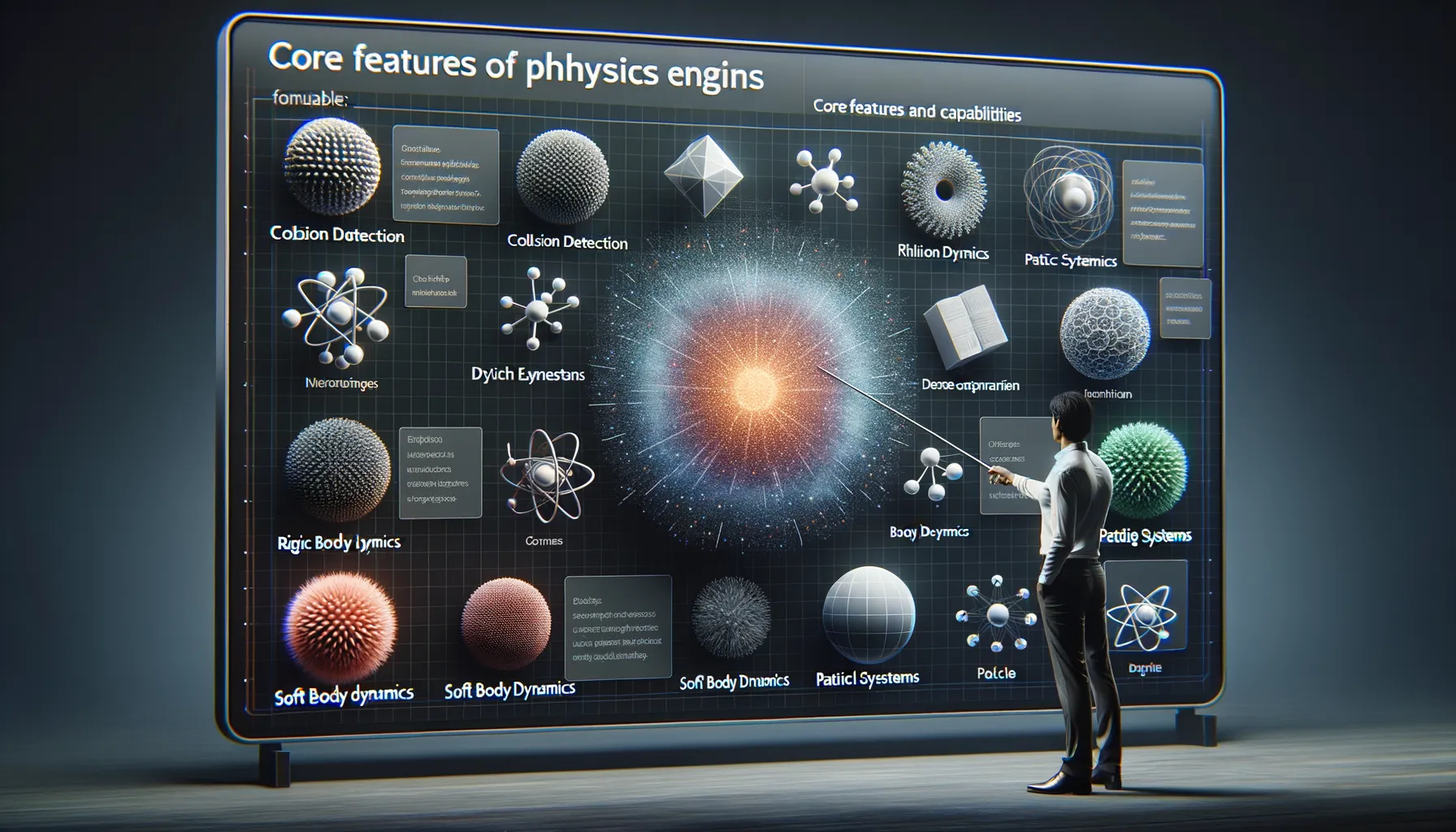
What Makes Physics Engines Tick?
When you think about a physics engine, picture it as the invisible puppet master behind every tumbling box, flying soccer ball, or shattering glass pane in your favorite video game. Its capabilities are vast, and each feature works seamlessly to breathe life into digital worlds.
At the heart of these engines lies collision detection. It’s what ensures that when a character jumps onto a platform, they actually land on it instead of floating mid-air into eternity. Pair that with rigid body dynamics, and you’ve got objects behaving as they would in the real world—rolling, sliding, and bouncing off surfaces based on their mass and velocity.
Here’s where it gets even cooler:
- Soft body physics: Perfect for replicating squishy things like jelly, cushions, or even… uh, alien blobs.
- Joints and constraints: Think swinging pendulums, functioning doors, or robot arms moving with precision.
- Fluid simulation: Yep, we’re talking realistic water splashes or lava flows, adding dramatic flair to any scene.
Simulating Chaos With Precision
Still with me? Here’s the wild part: these engines don’t just simulate order—they thrive in mayhem. Want an explosion that tears apart a wooden shack piece by piece? That’s destruction physics. Or imagine a car crumpling realistically after a high-speed crash—that’s all thanks to advanced deformation algorithms.
Physics engines aren’t tools—they feel more like creative partners. They take abstract equations and transform them into breathtaking moments of visceral realism. And isn’t that the magic gamers crave?
How Physics Engines Enhance Realism in Games
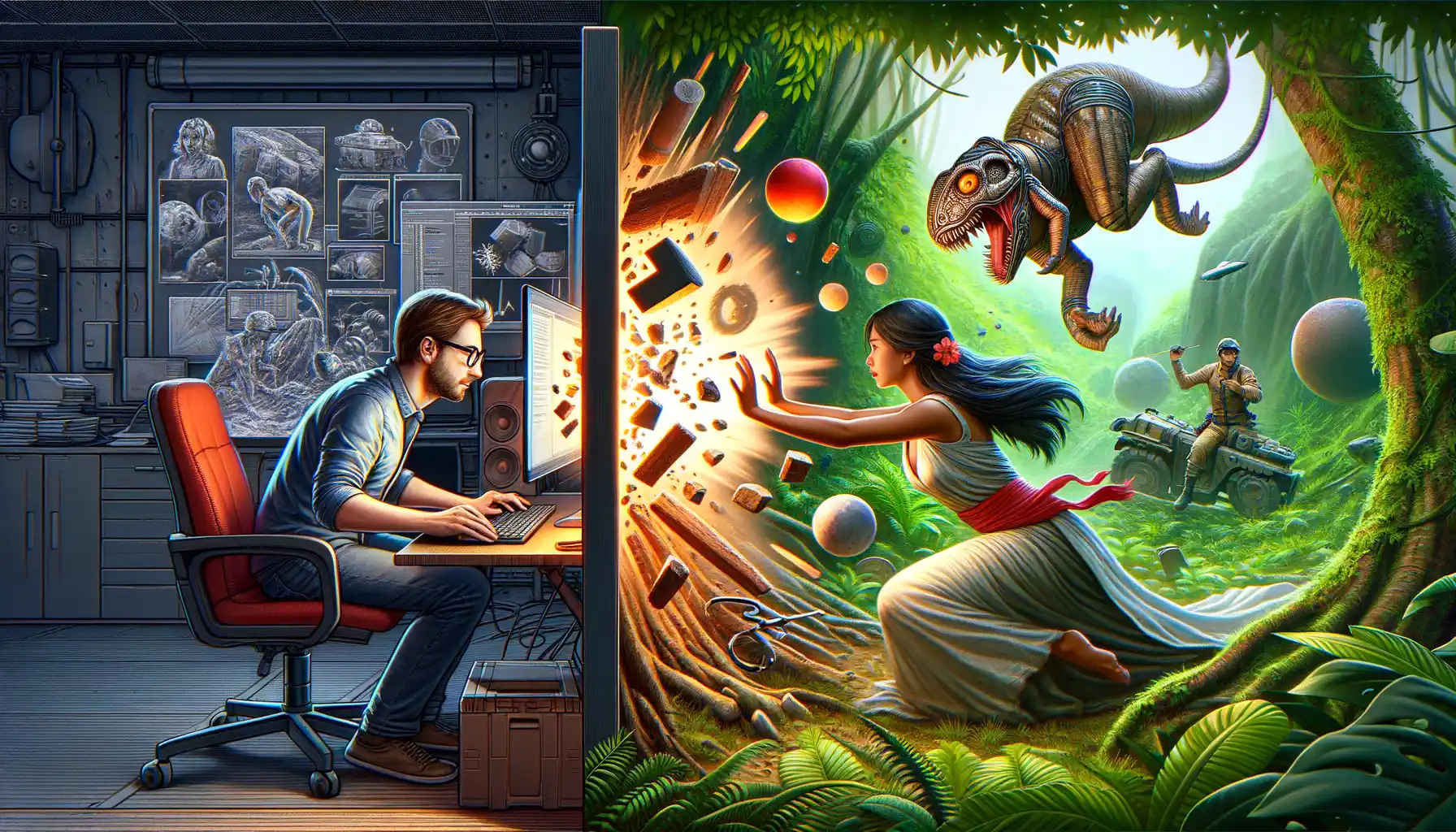
Breathing Life into Digital Worlds
Imagine jumping off a cliff in your favorite game and watching your character tumble naturally, as if gravity itself is pulling them down. That magic? It’s all thanks to physics engines. These unsung heroes turn cold, lifeless code into immersive experiences that make you forget you’re holding a controller. By mimicking real-world forces like friction, gravity, and momentum, physics engines inject a sense of authenticity that leaves players saying, “Whoa, that felt real.”
Let’s talk interactions: remember tossing that barrel in a game, expecting it to roll, bounce, or even splinter apart? A good physics engine ensures that every collision and crumble mirrors the laws of nature. It transforms games from flat and predictable to dynamic playgrounds where no two moments are the same.
- Objects fall faster or slower depending on their weight, just like in reality.
- Explosions send debris scattering in unpredictable ways, creating chaos you can almost feel.
- Vehicles drift around corners with satisfying precision, influenced by speed and surface type.
Physics engines don’t just enhance gameplay; they forge connections. Every interaction feels personal, tailored to you, as if the game anticipates your every move. This isn’t mere programming—it’s artistry.
Challenges in Implementing Physics Engines
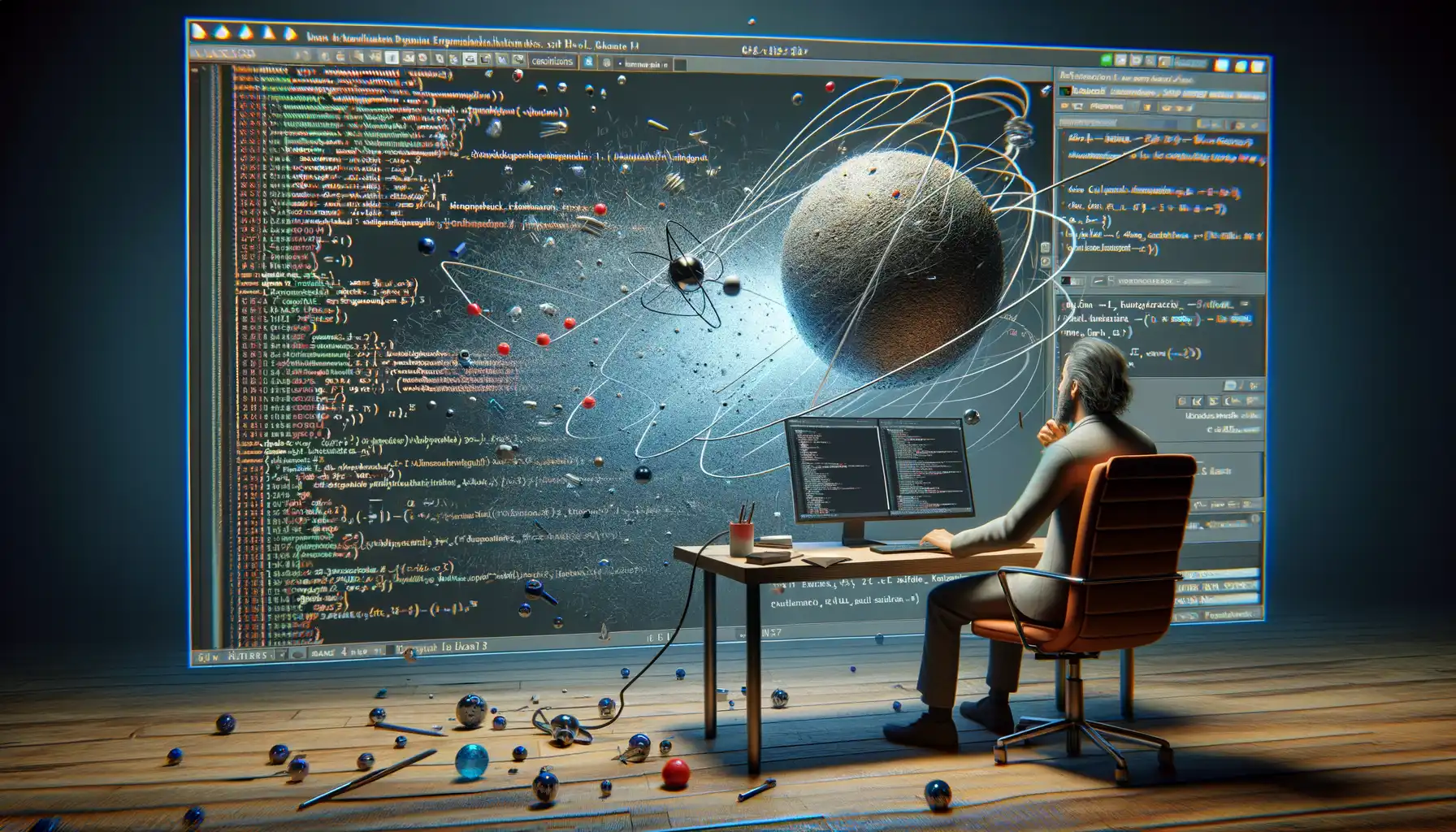
Why Building a Physics Engine Feels Like Solving a 3D Puzzle
Building a physics engine isn’t just about crunching numbers—it’s like trying to balance a stack of Jenga blocks during an earthquake. The challenges are many and often feel like they come alive mid-development. Take collision detection, for example. How do you ensure that a speeding car slams into a wall just right—that delicate dance between realistic impact and maintaining smooth gameplay? Too much detail, and your frame rate plummets. Not enough, and players are left with that hollow “meh” feeling.
Then there’s the nightmare of scalability. Sure, it’s easy when there are two characters and a ball on screen. But what happens when you throw in dozens of interactive objects, destructible environments, and multiplayer chaos? Suddenly, every calculation feels like a ticking time bomb for your GPU.
- Precision vs. Performance: Developers must constantly compromise between creating lifelike simulations and avoiding game-breaking lag.
- Edge Cases Galore: What happens if someone launches a character into orbit? Or stacks 500 barrels in a corner?
It’s the type of challenge where one tweak can ruin everything—or bring surprising breakthroughs. Sometimes, it almost feels like you’re wrestling with the laws of physics themselves.
Future Trends in Physics Engines for Gaming
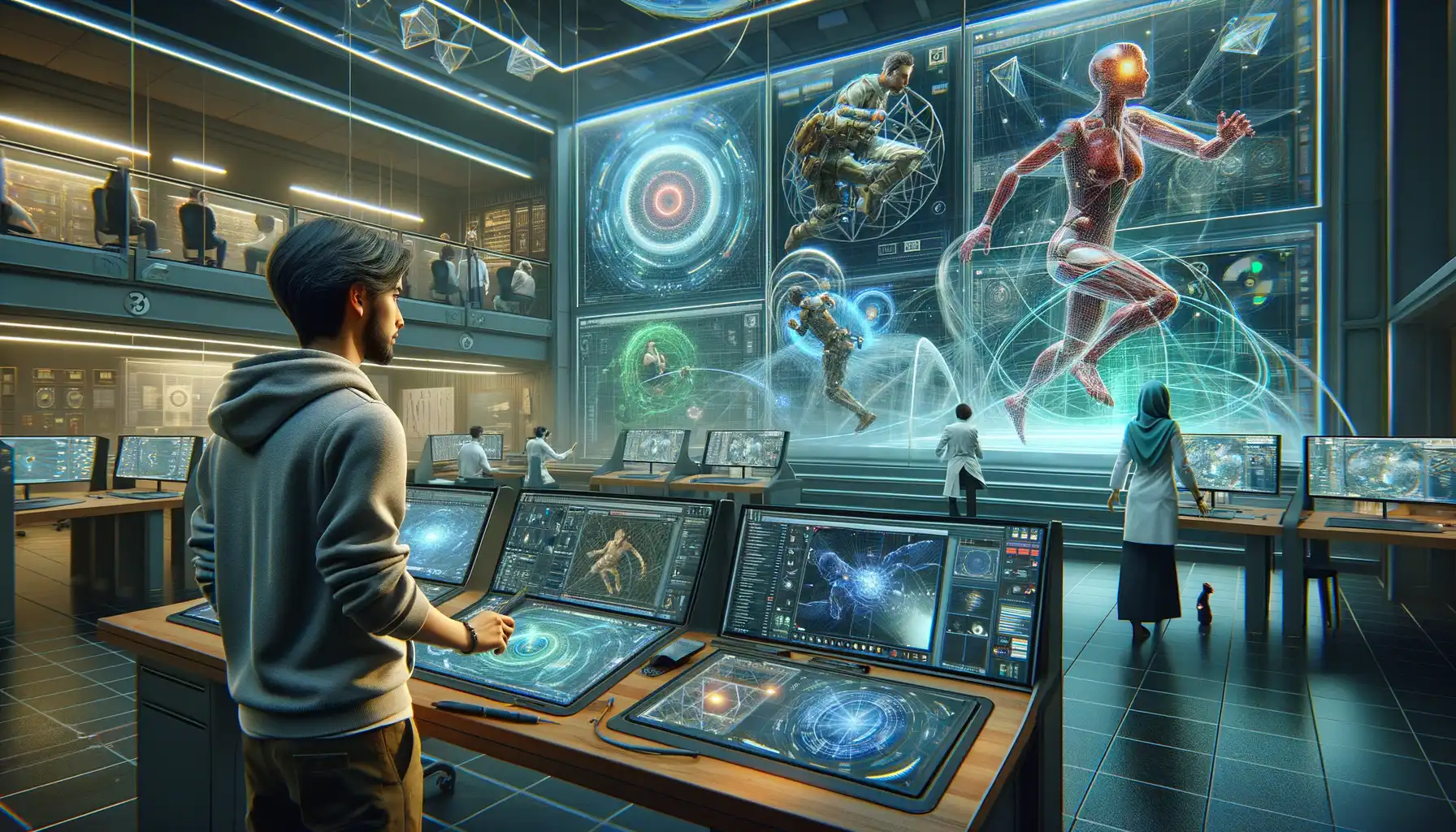
Breaking Boundaries with Procedural Physics
Gaming physics is heading toward an electrifying future, where dynamism and unpredictability steal the show. One trend that has developers buzzing is the rise of procedural physics systems. Imagine stepping into a game world where objects respond not with pre-programmed behaviors but evolve in real-time based on their unique properties and surroundings. A wooden crate floating down a river might crack and splinter if it’s caught on jagged rocks, while the same crate would bounce harmlessly against smoother terrain.
What makes this so exciting? It’s the sheer potential for uniqueness every time you play. Say goodbye to repetitive animations—this tech promises wildly different outcomes based on the player’s actions and environment. Games like sandbox survival worlds will especially thrive, giving players richer emergent storytelling opportunities.
AI Meets Physics for Smarter Worlds
What happens when artificial intelligence teams up with physics engines? Magic. Designers are crafting AI-driven physics simulations that create smarter, more adaptive in-game ecosystems.
- An NPC might “learn” how to use a collapsing wall for cover during a firefight.
- Dynamic weather systems could react to player behavior—kick over a bridge, and floodwaters change the physics of nearby areas.
Such advancements hint at a future where games feel truly alive, where every interaction feels deliberate yet spontaneous—just like the real world.



